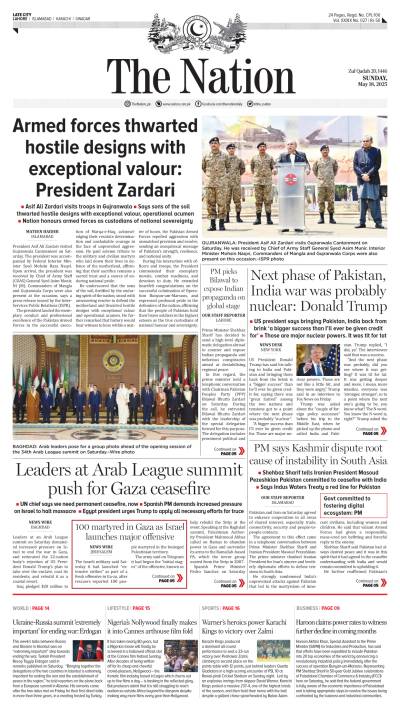Income disparity is one of the most pressing issues facing Pakistan today. It refers to the unequal distribution of wealth and income among different segments of the population. This phenomenon is prevalent in many countries, but its impact is particularly significant in developing nations like Pakistan. The top 1 percent of Pakistanis own more wealth than the bottom 99 percent. This extreme income disparity has negative social and economic consequences, including social unrest, political instability, negative health consequences, and limits on economic growth. In this article, I will discuss the social impacts of income disparity in Pakistan and offer some solutions to mitigate its negative effects.
One of the most significant social impacts of income disparity in Pakistan is poverty. The country is home to millions of people who live below the poverty line, struggling to meet their basic needs such as food, clothing, and shelter. Poverty leads to a range of social problems, including malnutrition, poor health, and limited access to education. It also undermines social mobility, as people born into poverty are less likely to have access to economic opportunities. Another social impact of income disparity in Pakistan is crime. Research has shown that there is a strong correlation between income inequality and crime rates. In Pakistan, poverty and income inequality have led to the rise of organised crime, drug trafficking, and terrorism. Criminal organisations often target poor communities, exploiting their vulnerability and desperation to recruit members or extort money. This has a negative impact on social cohesion and undermines the rule of law.
Income disparity also has negative effects on education in Pakistan. Children from low-income families are less likely to receive an education due to financial constraints. This perpetuates the cycle of poverty, limiting the potential of the workforce and leading to a lack of social mobility. Education is essential for the economic and social development of a country, and income disparity threatens this development. Furthermore, income disparity also leads to a lack of social cohesion in Pakistan. People from different income groups live in separate communities, attend different schools, and have limited interaction with each other. This creates a sense of division and segregation, leading to a lack of trust and social cohesion. A lack of social cohesion undermines the development of a country by reducing cooperation, limiting the potential for social and economic progress.
In order to mitigate the negative social impacts of income disparity, Pakistan needs to take a comprehensive approach. The first step is to address poverty. The government needs to provide social safety nets to the poorest segments of the population, ensuring that they have access to basic necessities such as food, housing, and healthcare. This will not only improve their living conditions but also increase social cohesion by reducing the sense of isolation and desperation. The second step is to promote education. The government needs to invest in education at all levels, providing access to quality education for all children regardless of their socioeconomic status. This will help break the cycle of poverty by providing children with the tools they need to succeed in life. It will also promote social cohesion by increasing interaction between different income groups.
The third step is to promote economic growth and job creation. This can be done by providing incentives for businesses to invest in the country, creating jobs and stimulating economic activity. The government should also invest in infrastructure to improve access to markets and increase the potential for economic growth. By promoting economic growth, income disparity can be reduced as more people have access to jobs and economic opportunities. Finally, Pakistan needs to promote social cohesion. The government should encourage interaction between people from different income groups through initiatives such as community development projects, cultural events, and social programmes. This will help break down barriers and reduce the sense of isolation that many people experience. In conclusion, income disparity is a significant problem in Pakistan with profound social impacts.
Poverty, crime, limited education access, and a lack of social cohesion are some of the negative consequences of income disparity. To mitigate these impacts, the government needs to take a comprehensive approach that includes addressing poverty, promoting education, promoting economic growth and job creation, and promoting social cohesion. By working towards reducing income disparity, Pakistan can create a more equitable society and improve the lives of its citizens.
— The writer
can be approached at
daniyalhk2005@gmail.com





